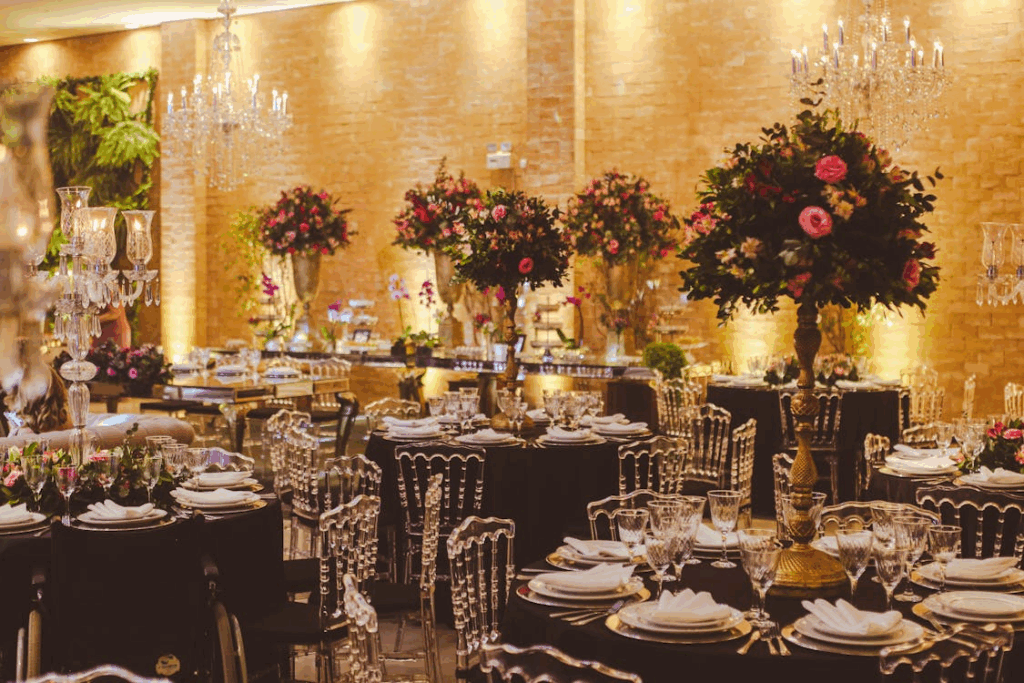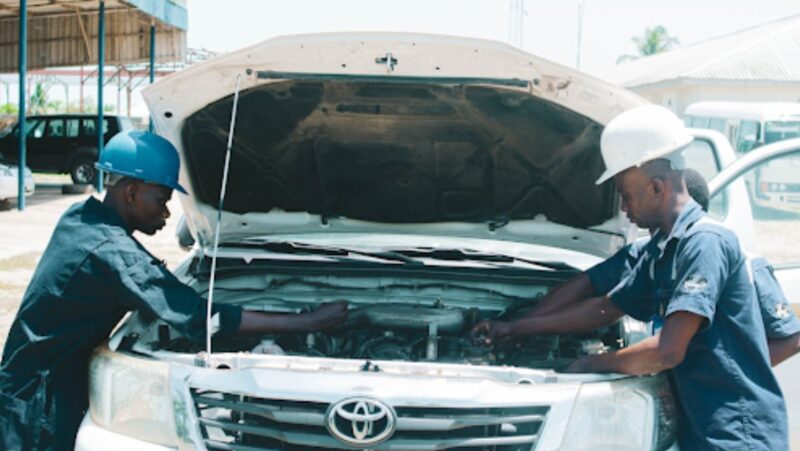
Your wedding flowers need to bring you joy, not stress days. You need every beauty around you, but they all need to fit in —your story and your budget. These days, smart choices, timing, and creativity rank high, especially in helping you cut floral costs while keeping every petal beautifully meaningful as your vows.
Step 1: Set the Right Baseline and Cut Your Risks
You may need to start by knowing for certain what couples like you are currently spending on wedding flowers, from altars to venues. In the U.S.these days, averages already hover around $2,700 for floral decor alone. Typically, that represents about 8-10% of your total wedding allocation.
When you know the benchmark of what you’re buying against, you can spot where to manage your money and slash your costs effectively. For example, if your guest list is small or your venue has built-in décor, you can pull down your target well below that benchmark. You may need to set a firm “max” budget for flowers early to force smarter choices, especially on your decor. This may mean you don’t let gorgeous Pinterest or ad boards drive you into splurging.
Step 2: Pick In-Season Blooms, Mix Greenery, Cap Table Spend
Your floral budget stretches further when you focus on smart choices. Pick in-season, locally grown flowers to avoid import markups and keep freshness high. You can blend greenery and filler stems for some lush, textured look without overspending on today’s premium blooms.
Just experiment and set a clear per-table cap, like $150 per centerpiece, and hold your florist to stand by it. Finally, reuse ceremony flowers for the reception. Many couples in 2025 are doing exactly that to double beauty and halve costs.
Step 3: Buy Bulk Yourself via Trusted Providers
If you want real control over your floral budget, buy in bulk and price out your stems through trusted sources like Wholesale Flowers. When you feel that exact wholesale costs per stem can give you some breathing room, you can compare their markup over real value.
You can even check wholesale catalogs and make some estimates on how many stems you need, calculate totals, and decide which services—design, setup, or delivery—are truly worth the pay. Clarity always saves you money.

Step 4: Get Smart About Timing, Setup Fees, Installations
You’re done with the sourcing and budget phase. Now tighten the nuts and bolts of your event.
- Order early. Prices often increase closer to the date, thanks to supply chain or rush fees; that’s quite usual, especially with today’s inflation and import cost pressures persisting.
- Ask your florist for clear labor charges, delivery, installation, and teardown costs so you can judge what you’re paying for, particularly when some quotes bundle everything and hide big fees as an incentive.
- Minimize large installations (floral walls, ceiling with hanging blooms) unless they’re high-priority, like your motif. These can drive big budget jumps, with some breakdowns showing simple centrepieces cost far less than hanging floral architectures.
- Choose venue spaces that don’t need much decor, so there’s no need to “overdress” every corner.
Step 5: Prioritise What Matters & Let Go of the Rest
You may need to decide what you care about and invest only in these things. If your number-one image is your bridal bouquet and ceremony backdrop, then allocate more budget there and scale back in other spots (escort table, cake flowers, guest-book table). That’s why in 2025, you’re spending less everywhere and focusing their floral budget on “impact zones” rather than filling every inch of the church or reception venue.
By being intentional, you avoid “flower-everywhere” syndrome and stay in control of your budget. In short, you pick the 2-3 statement pieces you’ll photograph with and remember.
Endnotes
Keeping tabs on your budget and lowering your wedding flower costs isn’t about cutting beauty. When you plan your wedding with purpose, source wisely, and spend where it truly counts, your flowers will tell your story without breaking your budget.







